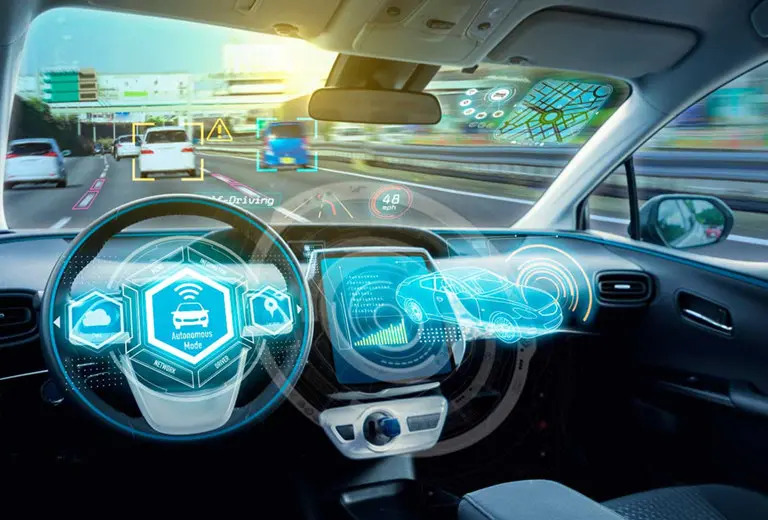In the ever-evolving world of marketing, social media has emerged as a powerful force, revolutionizing the way businesses connect with their audiences. Automotive brands, in particular, have harnessed the potential of social media platforms to build relationships, boost brand awareness, and ultimately drive sales. In this article, we’ll take a deep dive into the strategies employed by automotive companies to dominate the digital landscape.
The Social Media Highway
Social media has become an integral part of our daily lives. From scrolling through Instagram feeds filled with sleek car designs to watching YouTube reviews of the latest models, people are more engaged with the automotive industry on social platforms than ever before. Recognizing this shift in consumer behavior, automotive brands have adopted a multi-faceted approach to social media marketing.
Storytelling in High Gear
Effective storytelling lies at the heart of successful social media marketing for automotive brands. Storytelling allows companies to create emotional connections with their audience, fostering loyalty and engagement. These stories can revolve around the brand’s history, innovative technology, or customer experiences.
For instance, BMW’s “The Ultimate Driving Machine” slogan is not just a tagline but a narrative that embodies the thrill and joy of driving their vehicles. By consistently weaving this narrative into their social media content, BMW taps into the emotions and aspirations of its audience, encouraging them to become part of the story.
Visual Content: The Fuel of Engagement
In the automotive world, a picture is worth a thousand words. High-quality visuals are essential for captivating audiences on social media. Platforms like Instagram, Pinterest, and TikTok thrive on visuals, making them ideal for automotive content.
Leading automotive brands have invested heavily in producing stunning imagery and videos. They showcase sleek car designs, cutting-edge technology, and thrilling driving experiences. Aston Martin, for instance, regularly shares captivating images of their luxury cars against scenic backdrops, creating an aspirational image for their followers.
Interactive Content and Gamification
Engagement is not just about passive scrolling; it’s about interaction. Many automotive brands have embraced interactive content and gamification to keep their audience engaged. Contests, quizzes, and challenges encourage participation and virality.
For example, Ford created the “Mustang Customizer” app, allowing users to design their dream Mustang and share it on social media. This not only engages the audience but also serves as user-generated content, spreading the brand’s message organically.
Leveraging User-Generated Content (UGC)
User-generated content is a goldmine for automotive brands. Enthusiastic car owners frequently share images and reviews of their vehicles on social media. Smart brands recognize the value of this content and actively encourage their customers to create and share it.
Tesla, with its passionate and loyal customer base, is a prime example. Tesla owners often share their experiences and adventures with their electric cars on platforms like Twitter and Instagram. Tesla acknowledges and shares this UGC, effectively turning customers into brand advocates.
Connecting with Influencers
Influencer marketing has taken the marketing world by storm, and the automotive industry is no exception. Automotive brands collaborate with automotive enthusiasts, bloggers, and YouTubers who have a significant following and credibility in the automotive niche.
One notable example is Mercedes-Benz’s partnership with Instagram influencer @mrbentley_thedog, an adorable bulldog who “drives” a pint-sized Mercedes-Benz. This playful and unexpected collaboration not only captured attention but also showcased the brand’s lighter side.
Personalization and Targeting
The automotive industry is diverse, catering to a wide range of customers with varying preferences. Social media allows brands to segment and target their audience with precision. Advanced algorithms help in identifying potential buyers based on their online behavior.
For instance, if a user has been researching electric vehicles, they may see ads from electric car manufacturers. This level of personalization enhances the user experience and increases the chances of conversion.
Measuring Success: Data-Driven Insights
In the digital age, data is king. Automotive brands leverage analytics tools to track the performance of their social media campaigns. Metrics like engagement rates, click-through rates, and conversion rates are closely monitored to understand what’s working and what’s not.
Analyzing this data allows brands to refine their strategies, allocate resources effectively, and optimize their content for better results.
Conclusion
In the fast-paced world of social media, automotive brands have found a winning formula to dominate the digital landscape. Through compelling storytelling, captivating visuals, interactive content, user-generated content, influencer collaborations, personalization, and data-driven insights, these brands are not just selling cars; they’re selling experiences, emotions, and lifestyles.
As the automotive industry continues to evolve, one thing is clear: the road to success runs through social media. By revving up their social media strategies, automotive social media can navigate this digital landscape with confidence, building lasting connections with their audience and driving their businesses forward in the digital age.


